For clues to neutron stars, scientists probe lead nuclei's thin neutron skin
Wednesday, 09 February 2022 05:08 Nuclear physicists explore different nuclei to learn how protons and neutrons behave. For instance, they have found that nuclei made of just a few protons and neutrons typically contain close to an equal number of each. But as nuclei get heavier, they need to pack in more neutrons than protons to remain intact.
These extra neutrons tend to stick to the outer edges of heavy nuclei and form
Nuclear physicists explore different nuclei to learn how protons and neutrons behave. For instance, they have found that nuclei made of just a few protons and neutrons typically contain close to an equal number of each. But as nuclei get heavier, they need to pack in more neutrons than protons to remain intact.
These extra neutrons tend to stick to the outer edges of heavy nuclei and form Indian Space Agency decommissions communication satellite
Wednesday, 09 February 2022 05:08 Space debris has become a real concern for space exploration agencies worldwide. According to estimates, there are 7,200 artificial satellites in total orbiting Earth and 27,000 pieces of man-made debris caught in orbit.
The Indian Space Research Organisation (ISRO) has successfully decommissioned a 14-year-old communication satellite, INSAT-4B, which provided services in the Ku and C freq
Space debris has become a real concern for space exploration agencies worldwide. According to estimates, there are 7,200 artificial satellites in total orbiting Earth and 27,000 pieces of man-made debris caught in orbit.
The Indian Space Research Organisation (ISRO) has successfully decommissioned a 14-year-old communication satellite, INSAT-4B, which provided services in the Ku and C freq Sidus Space announces deal with Red Canyon Software to support LizzieSat Constellation
Wednesday, 09 February 2022 05:08 Sidus Space, Inc. (NASDAQ: SIDU), a Space-as-a-Service satellite company focused on commercial satellite design, manufacture, launch, and data collection, is pleased to announce a strategic partnership with Red Canyon Software, Inc. (Red Canyon) to support LizzieSat Constellation of 100 Satellites.
Through this partnership, Red Canyon will support the design, development, assembly, integra
Sidus Space, Inc. (NASDAQ: SIDU), a Space-as-a-Service satellite company focused on commercial satellite design, manufacture, launch, and data collection, is pleased to announce a strategic partnership with Red Canyon Software, Inc. (Red Canyon) to support LizzieSat Constellation of 100 Satellites.
Through this partnership, Red Canyon will support the design, development, assembly, integra Sateliot raises 10 million euros in Series A round
Wednesday, 09 February 2022 04:35
Sateliot raised 10 million euros ($11.4 million) in a Series A investment round.
The post Sateliot raises 10 million euros in Series A round appeared first on SpaceNews.
Small satellite constellations promise resilient communications and Earth observation
Wednesday, 09 February 2022 03:25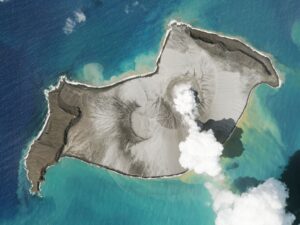
Small satellite constellations provide valuable communications links in the wake of natural disasters, according to speakers at the SmallSat Symposium here.
The post Small satellite constellations promise resilient communications and Earth observation appeared first on SpaceNews.
Stock market losses for space companies not affecting private investment
Tuesday, 08 February 2022 23:20
Many space companies that have gone public in the last year through SPAC deals have suffered major losses in the stock market in recent months, but that decline doesn’t necessarily mean a broader skepticism about the industry.
Space Development Agency experiment demonstrates on-orbit data processing
Tuesday, 08 February 2022 19:32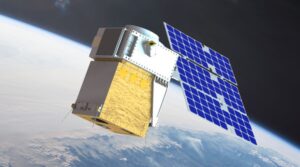
A data processor launched to orbit by the Space Development Agency has performed an early demonstration of autonomous data fusion in space.
The post Space Development Agency experiment demonstrates on-orbit data processing appeared first on SpaceNews.
Riding a laser to Mars
Tuesday, 08 February 2022 17:10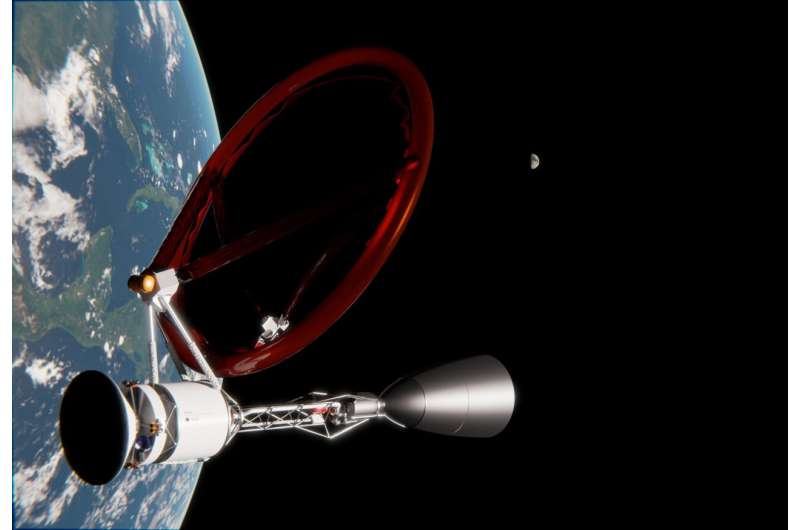
Could a laser send a spacecraft to Mars? That's a proposed mission from a group at McGill University, designed to meet a solicitation from NASA. The laser, a 10-meter wide array on Earth, would heat hydrogen plasma in a chamber behind the spacecraft, producing thrust from hydrogen gas and sending it to Mars in only 45 days. There, it would aerobrake in Mars' atmosphere, shuttling supplies to human colonists or, someday perhaps, even humans themselves.
In 2018, NASA challenged engineers to design a mission to Mars that would deliver a payload of at least 1,000 kilograms in no more than 45 days, as well as longer trips deep into, and out of, the solar system. The short delivery time is motivated by a desire to ferry shipments and, someday, astronauts to Mars while minimizing their exposure to the damaging effects of galactic cosmic rays and solar storms.
Monitoring crop health across the Netherlands
Tuesday, 08 February 2022 15:19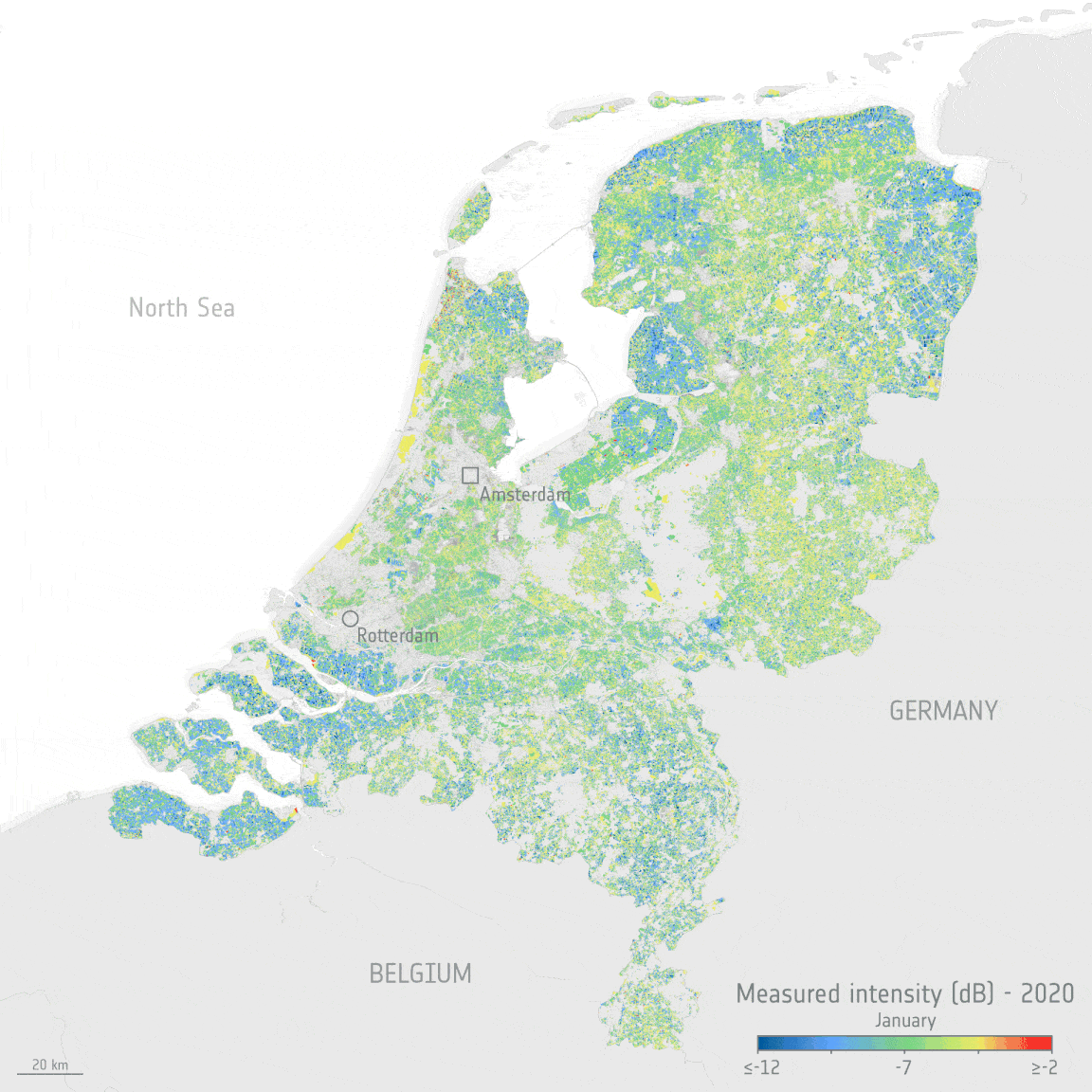
The Copernicus Sentinel satellite missions measure and image our planet in different ways to return a wealth of complementary information so that we can understand and track how our world is changing, and how to better manage our environment and resources. Thanks to the benefits of different types of data from two particular Copernicus Sentinel missions and an ingenious new dataset tool, people working in the agriculture sector, but who are not satellite data experts, can monitor the health and development of crops, right down to each crop in individual fields.
Protecting dark and quiet skies from satellite constellation interference
Tuesday, 08 February 2022 14:46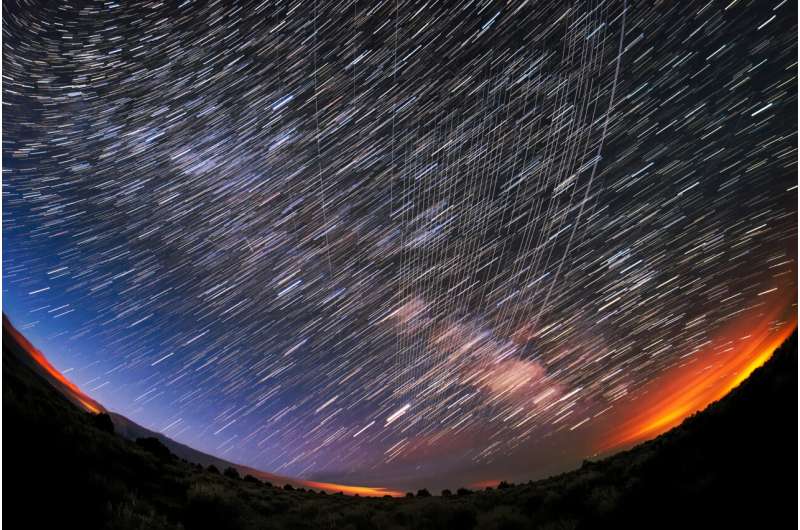
If you've ever tried to star gaze in a residential or urban area, you know that a streetlight or even the lights from a nearby town can greatly interfere with your ability to identify Orion's Belt and see a rare comet or other celestial bodies. But what is more of a disappointment for us is a cosmic disruption for scientists and others in the space industry.
To preserve this vital characteristic of the universe, a new International Astronomical Union Centre for the Protection of the Dark Sky from Satellite Constellation Interference has been established.
Siegfried Eggl, faculty member in the Department of Aerospace Engineering at the University of Illinois Urbana-Champaign and Robert Gruendl in Illinois' Dept. of Astronomy have been selected to participate. They are both members of the Center for AstroPhysical Surveys in the National Center for Supercomputing Applications at UIUC.
Lockheed Martin wins contract to build rocket for Mars Sample Return
Tuesday, 08 February 2022 11:30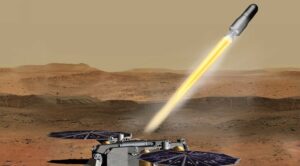
NASA has selected Lockheed Martin to build a small rocket that will transport samples collected by the Perseverance rover into orbit around Mars.
The post Lockheed Martin wins contract to build rocket for Mars Sample Return appeared first on SpaceNews.
Lynk satellites connect with thousands of devices
Tuesday, 08 February 2022 10:00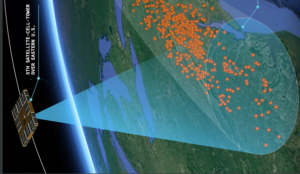
Lynk Global satellites have connected with thousands of unmodified smartphones, tablets, internet-of-things devices and vehicles, the Fall Church, Virginia, startup announced Feb. 8.
The post Lynk satellites connect with thousands of devices appeared first on SpaceNews.
ESA seeks software ideas to bring smart satellites to life
Tuesday, 08 February 2022 07:00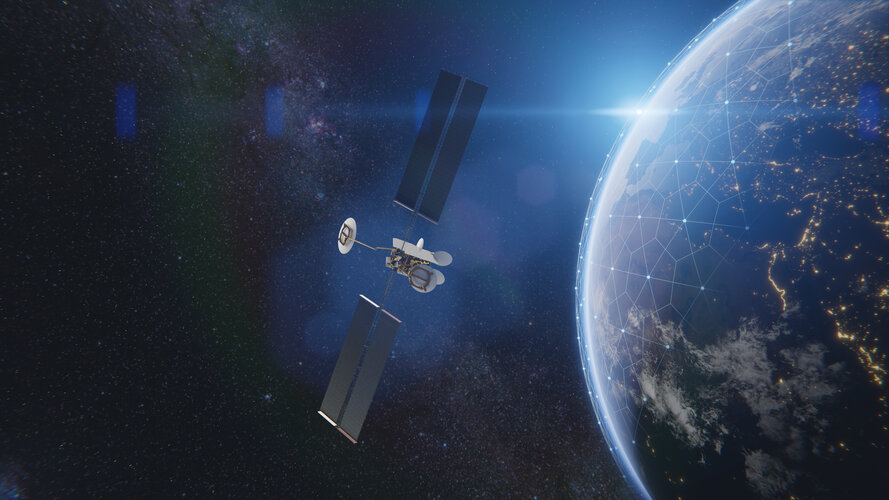
If we were to talk about our bodies in the technical terms that we typically use to talk about spacecraft, our bones, muscles and ligaments would be our 'hardware', our brain the 'central processing unit (CPU)', and our nervous system the 'software'.
Search is on for young space entrepreneurs ahead of first UK rocket launches
Tuesday, 08 February 2022 06:52 With Britain's first satellite launches set to take place this year, the SatelLife Competition is looking for the best new ideas for how to use data collected from space to benefit daily life, from supporting local communities and the NHS, to monitoring the environment and tackling climate change.
The competition is now in its fifth year, with previous winning ideas including drones carryi
With Britain's first satellite launches set to take place this year, the SatelLife Competition is looking for the best new ideas for how to use data collected from space to benefit daily life, from supporting local communities and the NHS, to monitoring the environment and tackling climate change.
The competition is now in its fifth year, with previous winning ideas including drones carryi UCF lands DOD award for advance hypersonic propulsion research
Tuesday, 08 February 2022 06:52 Anew race to harness hypersonic speed for travel and defense has started, and University of Central Florida researchers are helping the U.S. stay ahead of the pack with a new $1.5 million U.S. Department of Defense award to develop high-performance fuels for hypersonic propulsion.
The race, which includes competition from Russia and China, recently intensified when it was reported that Chi
Anew race to harness hypersonic speed for travel and defense has started, and University of Central Florida researchers are helping the U.S. stay ahead of the pack with a new $1.5 million U.S. Department of Defense award to develop high-performance fuels for hypersonic propulsion.
The race, which includes competition from Russia and China, recently intensified when it was reported that Chi 
